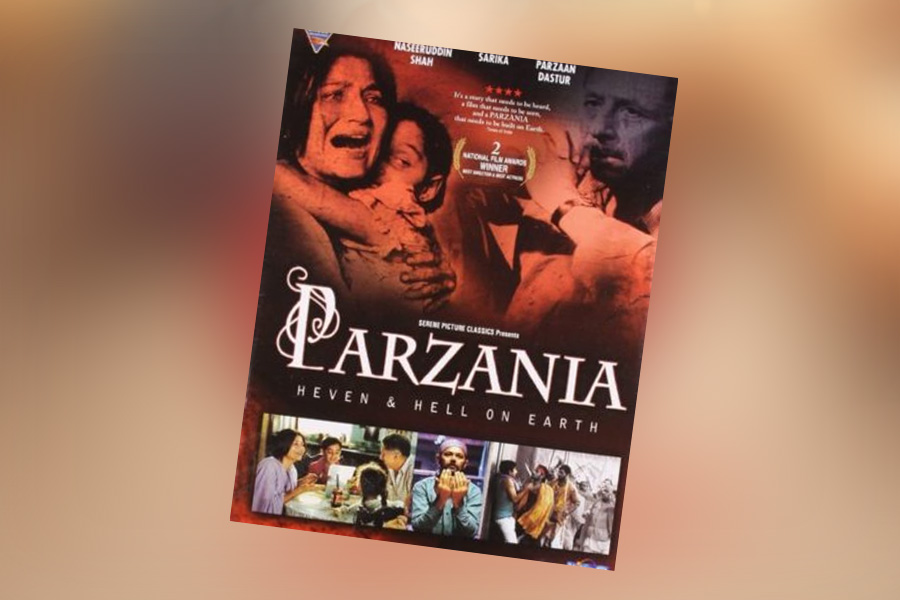
The film Parzania portrays the 2002 Gujarat pogrom, highlighting human rights violations and the struggle for justice, but its resolution leaves deeper structures of violence against Muslims intact.
Author
Oishik Sircar, Jindal Global Law School, O.P. Jindal Global University, Sonipat, Haryana, India
Summary
This chapter reads a Bollywood film called Parzania as a commentary on the relationship between Hindu right-wing nationalism (Hindutva), human rights, and collective memory in the New India. The film is based on the anti-Muslim pogrom that took place in Gujarat in 2002. Gujarat 2002 is contemporary India’s most mediatized and litigated event of mass violence. The film is read as one a posteriori site of collective memory where the contestations about human rights violations during the Gujarat pogrom have been most pronounced. Of the post-pogrom films that have been made, Parzania also stands out for how it has represented the human rights dimensions related to the pogrom with care and accuracy.
The chapter shows how the cinematic narrative of Parzania uses the scaffolding of facts related to the pogrom to offer fictionalized accounts of ordinary human depravity and compassion in the face of mass violence. My reading will demonstrate that Parzania’s cinematic memory engenders ways of remembering the pogrom in which a faith in secular law offers a resolution to the crisis of religious violence. In the cinematic imagination, thus, the pogrom is reconstructed as a conflict between secular law and religious violence, in which secular law ultimately emerges victorious to protect the rights of Muslims. The triumph of secular law, however, as the chapter argues, keeps intact the deep structures of violence and marginalization against Indian Muslims intact.
Published in: Indian Cinema and Human Rights: An Intersectional Tale
To read the full chapter, please click here.

